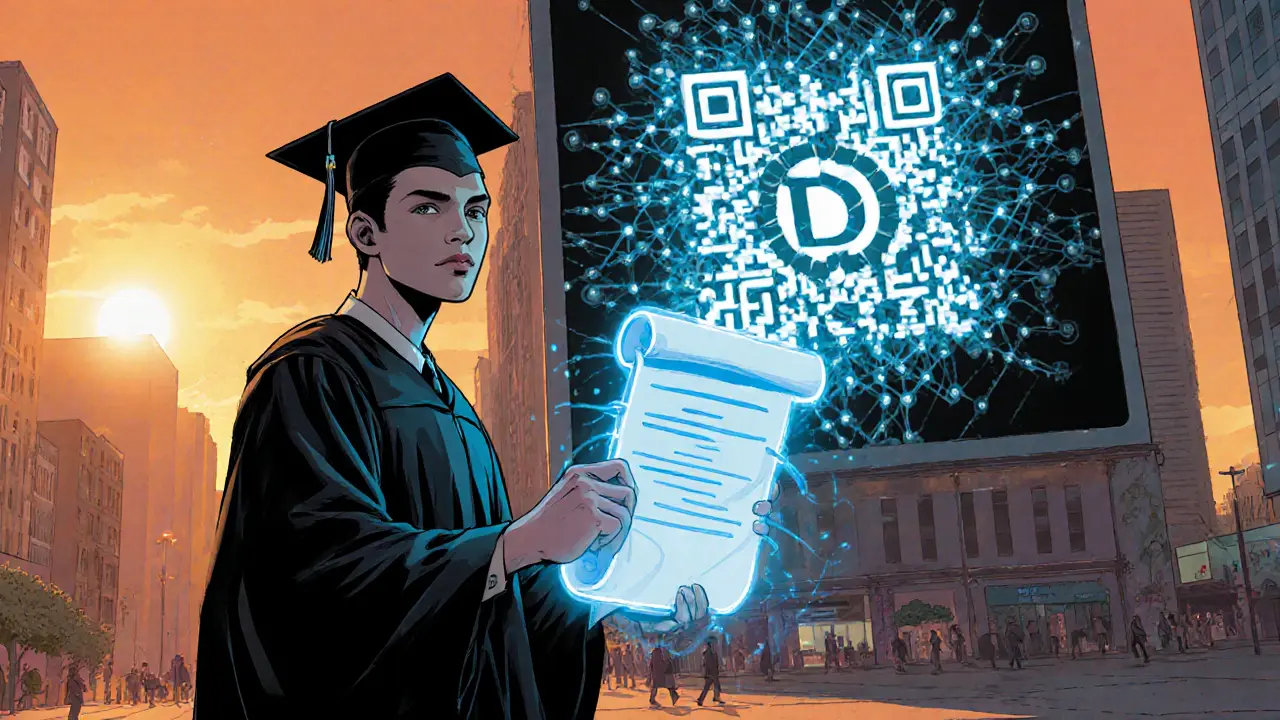Decentralized Identifiers (DIDs) – What They Are and Why They Matter
When working with Decentralized Identifiers, a globally unique string that lets anyone create, manage, and verify their own digital identity without a central authority. Also known as DIDs, they form the backbone of modern self‑sovereign identity solutions.
Another core concept is Self‑sovereign identity, a model where individuals own their identity data and decide when and where to share it. This model relies heavily on Verifiable credentials, cryptographically signed attestations about a subject that can be checked without contacting the issuer. Both entities interlock: DIDs act as the address, while verifiable credentials supply the proof.
How DIDs Connect to Blockchain and Standards
Most DIDs live on a blockchain, a tamper‑proof ledger that stores the DID document and its public keys. This gives DIDs three key attributes: immutability, decentralization, and cryptographic security. The DID Core specification defines how these identifiers are formatted, how they resolve to documents, and how they interact with other standards like W3C Verifiable Credentials. In practice, a developer writes a DID on a public chain, publishes a DID document, and then any service can verify signatures against the stored public key.
The relationship can be summed up in a few triples: "Decentralized Identifiers enable self‑sovereign identity", "Verifiable credentials require DIDs for trust", and "Blockchain provides the immutable layer for DID documents". These connections shape everything from login flows for Web3 apps to supply‑chain provenance tracking. When a user signs in to a new dApp, the dApp reads the user’s DID document from the blockchain, checks the attached public key, and then validates the presented verifiable credential. No password, no centralized server.
From a security angle, DIDs depend on public‑key cryptography. The private key stays in the user’s wallet, while the public key is publicly visible in the DID document. If the private key is compromised, the owner can rotate keys by publishing a new DID document—something impossible with traditional usernames. This key‑rotation ability is a direct consequence of the "check‑effect‑interaction" principle often discussed in smart‑contract design, showing how secure coding patterns bleed into identity architecture.
Industry adoption is rising fast. Finance firms are experimenting with DIDs to meet KYC/AML requirements without storing personal data. Healthcare providers see potential in giving patients control over their medical records via verifiable credentials anchored to DIDs. Even governments are piloting DID‑based digital IDs to reduce fraud in voting systems. These real‑world use cases illustrate why the tag page aggregates reviews, airdrop guides, and technical deep‑dives that all touch on the DID ecosystem.
Our collection below includes a mix of practical guides (like how to claim airdrops that use DIDs for eligibility), security analyses (such as reentrancy attacks that could affect DID smart contracts), and market commentary (for example, why privacy‑focused tokens are being delisted and how DIDs could offer an alternative authentication layer). Whether you’re a developer building the next identity layer, an investor tracking crypto projects that leverage DIDs, or just curious about how these identifiers reshape digital trust, you’ll find relevant, actionable content.
Ready to dive deeper? Browse the posts to see concrete examples, step‑by‑step tutorials, and expert perspectives that bring Decentralized Identifiers to life across crypto, finance, and beyond.
Explore how Verifiable Credentials and Decentralized Identifiers (DIDs) create tamper‑proof, self‑sovereign digital IDs, with real-world use cases, technical layers, and future trends.

